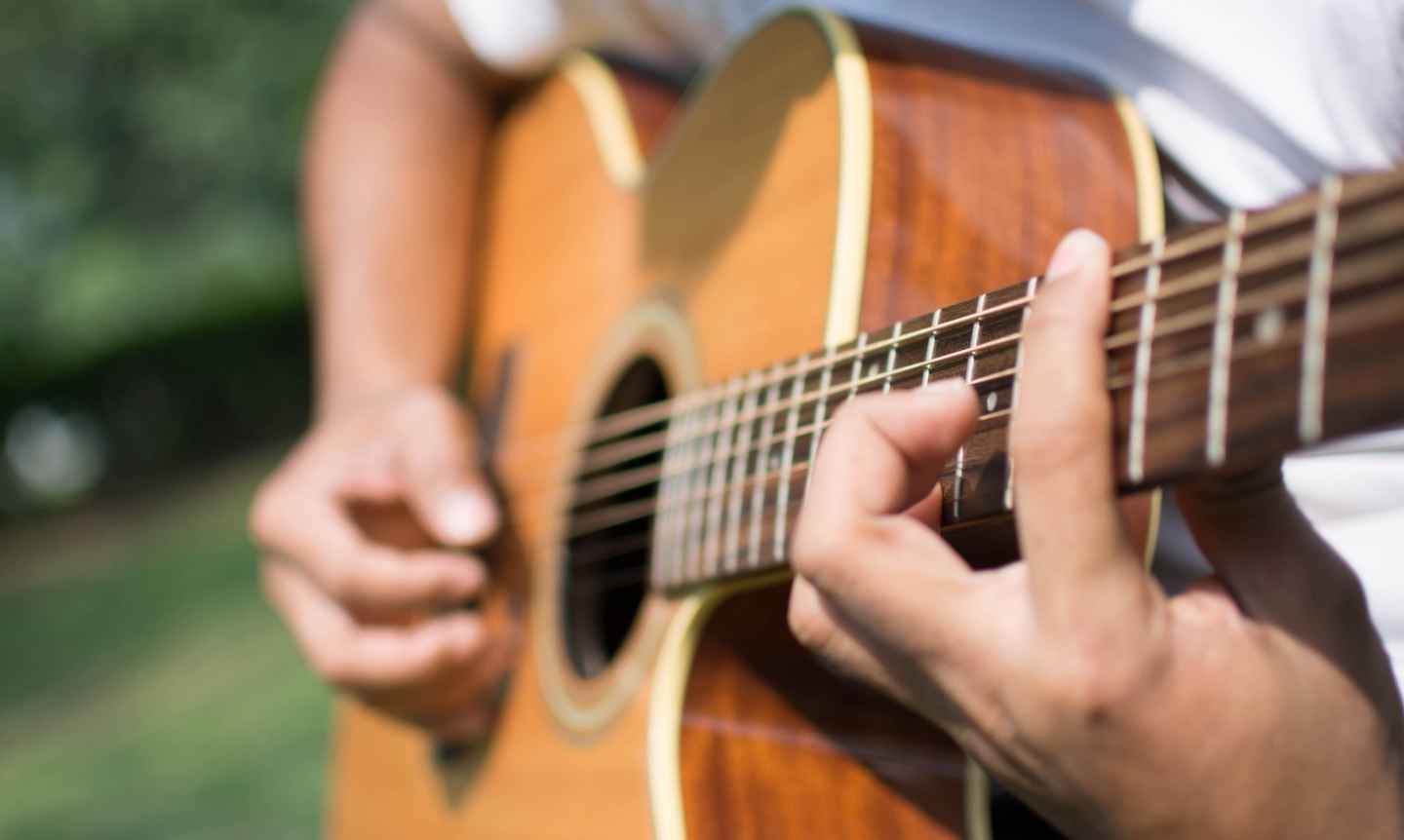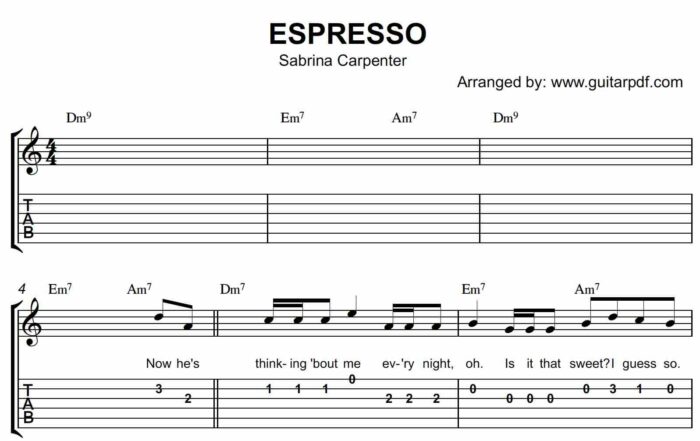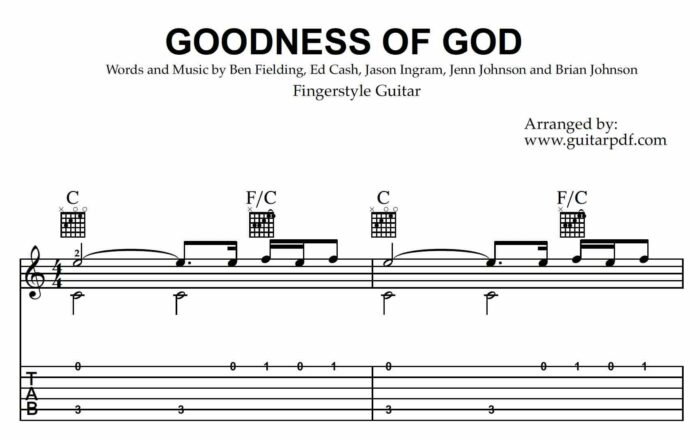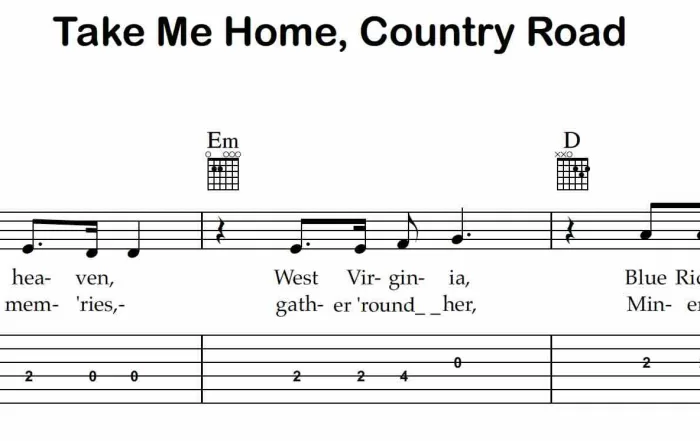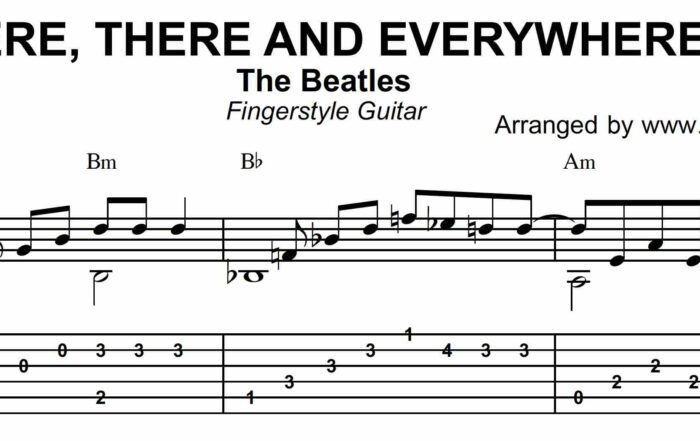Free Fingerstyle Guitar Tabs
The fingerstyle guitar technique captures players with its versatility because it requires using fingers to pluck strings rather than utilizing a pick. Using this technique guitarists can perform all parts of a piece at once including bass lines and harmonic accompaniment together with the melody much like playing piano or instrumental arrangements on guitar. Musicians who use fingerstyle technique can explore endless creative options to produce beautiful melodies and full harmonic soundscapes. Fingerstyle guitar playing provides an expressive technique to animate music for those who appreciate classical guitar elegance alongside modern and pop songs.
Many renowned musicians utilize fingerstyle guitar playing predominantly in folk music as well as rock and country genres. White Lion’s “When The Children Cry” serves as an outstanding example of fingerstyle guitar technique through its stunning intro and accompaniment. Dan Fogelberg’s song “Leader of the Band” also displays intricate fingerpicking techniques. And James Taylor’s music showcases fingerstyle guitar technique as the fundamental building block of his songs
The following tab is from the song “When The Children Cry” by White Lion:

Even if your main focus will be electric guitar playing you should learn fingerstyle technique because it forms a foundational part of your skills. By learning this technique you will broaden your abilities which enables greater exploration of your musical expression and composition. The use of fingerstyle technique in Metallica tracks such as “Nothing Else Matters” and “The Unforgiven” becomes clear when you listen to their music. Your skills as a guitarist will improve when you apply different playing methods such as fingerstyle to both your music playing and composition.
This is a fingerstyle guitar part of “Nothing Else Matters” intro:

This article offers free downloadable and printable PDF tabs for popular fingerstyle guitar songs and tunes. Our collection helps beginners learning fingerstyle guitar and experienced guitarists who want to broaden their musical repertoire. The tabs present the chords and lyrics alongside the melody so you can perform the entire song arrangement effortlessly.
We recommend visiting this article regularly as we frequently update our collection with new, easy-to-follow, and free guitar tabs. Keep an eye out for fresh additions to help you expand your fingerstyle guitar skills.
Here’s a list of our current free fingerstyle guitar tabs:
“Shallow” – from the movie “A Star Is Born”
“Canon in D” – Johann Pachelbel
“Ode To Joy” – Ludwig van Beethoven
“What A Wonderful World” – Louis Armstrong
“Here, There and Everywhere” – The Beatles
“Goodness Of God” – Worship Song

